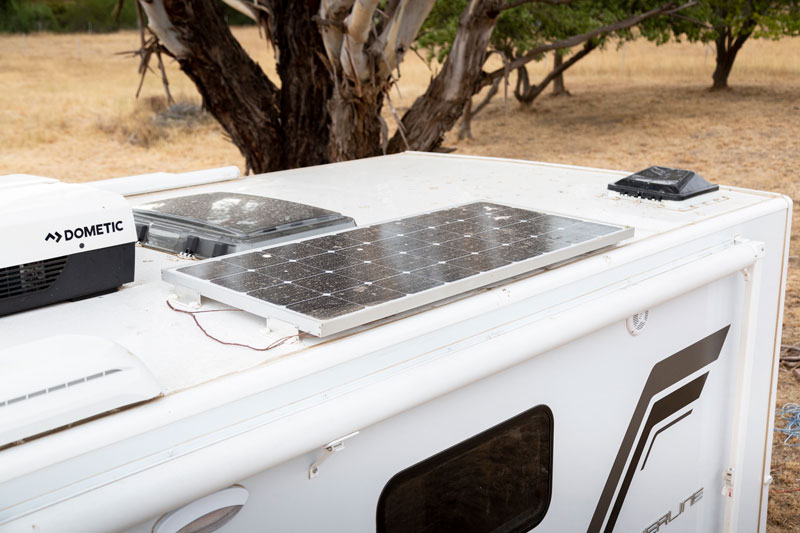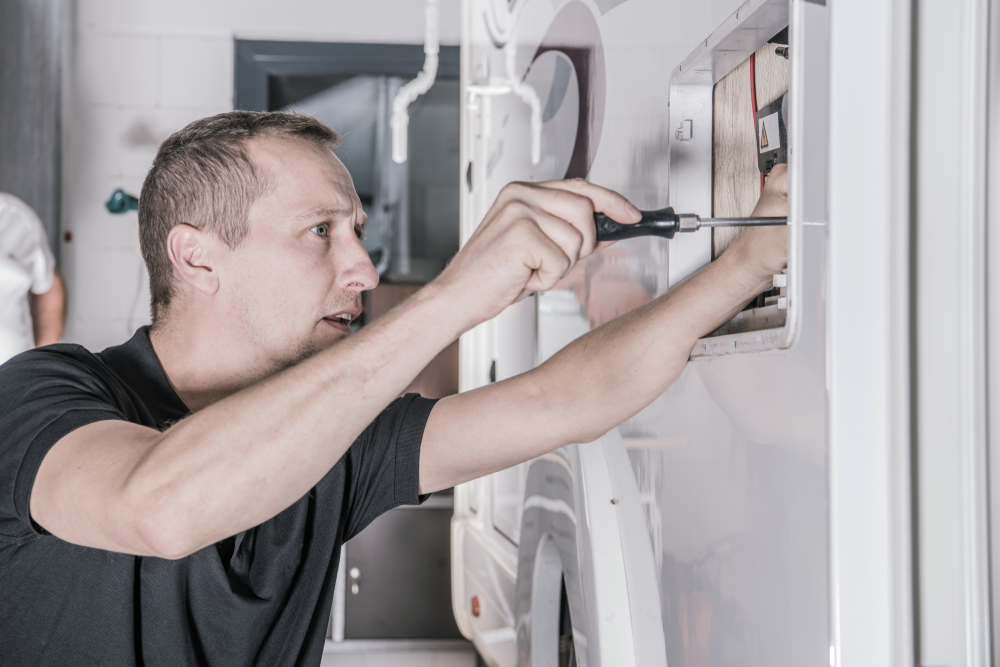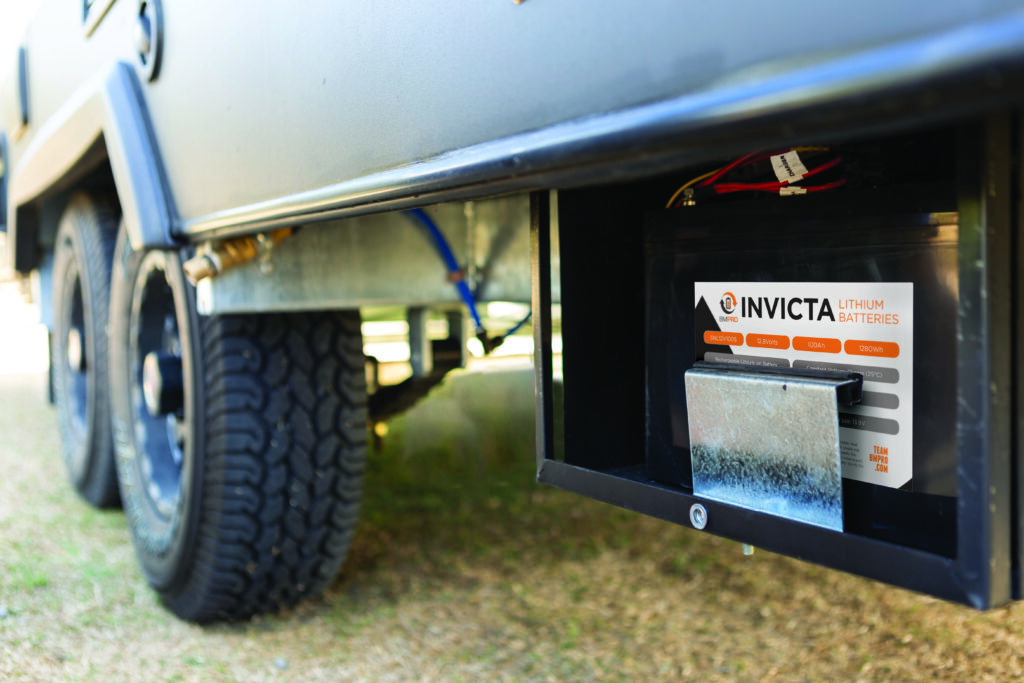
12V Guru – Optimising your Solar Power System
Solar Panels installed on your vehicle roof? Our 12V Guru discusses how to optimise their performance in place of buying more panels
Your water tanks are the lifeline of your RV so keeping them clean and in working order is vital.
One of the things that makes our RVs “homes away from home” is their ability to store water in all the forms you may need on the road. Modern RVs and camper vans can have as many as four different water tanks—fresh, grey, black, and hot. Knowing how to use, clean, and empty them is imperative to keeping your RV—and your adventure—running smoothly.
While tanks for fresh water and hot water (for your heater, etc.) are fairly common and self-explanatory, not all RVers may carry grey or black water. Grey water is the drainage from the kitchen sink, bathroom wash basin and shower cubicle, and black water is a polite way of talking about sewerage waste from your toilet. Some RVs have the ability to store these waste products in tanks until they can be disposed of in an environmentally friendly way, and this is known as ‘self-containment.’
It’s important to know what these tanks do, how they work, and how much water they store as water adds significant weight to your RV’s total load.
Filling all those RV water tanks is actually quite easy—the fresh water tanks can be filled from a hose, the hot water tank directly from the fresh water tank, and the grey and black tanks from the respective utility drainages. But cleaning and maintaining the tanks is a little more involved.
It is possible for harmful bacteria and algae to grow in fresh water tanks. which must be avoided at all costs. Though there’s a low risk of that happening because algae requires sunlight to grow and most water lines are not clear.
Accidental use of dirty water or using water with high mineral content can however cause scale or sediment build up on the walls of the tanks and on the water sensors. This in turn leads to the incorrect water tank readings on the caravan monitor systems, such as Trek, JHub or Odyssey.
TO ENSURE YOUR WATER IS SAFE TO DRINK AND THAT YOU HAVE THE CORRECT INFORMATION ON HOW MUCH WATER YOU HAVE, CLEAN YOUR RV WATER TANKS ON A REGULAR BASIS.
Fresh water tank location varies among different manufacturers, so be sure to reference your documentation for your exact tank location. Once identified, you’ll need to use a cleaning agent like bicarbonate of soda and white vinegar, a bleach solution, or a commercially available product to clean your RV water tanks. Add that to the water tank and then run the solution through all the taps in the RV for at least a minute (if you have a water filter, bypass that). Once that’s done, drain the tank, then refill and drain it again. All the fresh water systems should now be clean.
Grey water tanks are a very different matter. It doesn’t really matter what condition the water is in unless it starts to give off an obnoxious smell. But you will need to drain it when it gets full. This can be done by simply opening the drain valve. There are various chemical solutions available to help clean the tank during this process. Just remember, in all cases, the waste water should be disposed of in an environmentally friendly way.
Black water tanks vary based on the type of toilet used in an RV or camper van.
Hot water heaters also need cleaning and draining. Make sure that the gas/electric heaters are turned off, the pressure relief valve is operated and the tank water is cool enough not to cause scalding. In all cases, you should read the instruction manual first for the finer details. Some manufacturers, for instance, don’t fit a drain plug, instead removing the sacrificial anode which does a combined job. That’s also a good opportunity to check the sacrificial anode too.
All RV Campgrounds, most state and national parks, and many truck stops across the US offer dump stations for safely disposing of black and grey water. You can often use these facilities even without staying at a campground for a small fee. The app RV Dump Stations can help you find a location near you, as well as many of our 22 Must-Have Apps for Boondocking in the US.
So how will you know when it’s time to empty your RV water tanks? Many RVs come with a central display that reports on the level of each tank, but depending on the sensor location, these readings can be unreliable. If you’re unsure about your unit’s reliability or don’t have a tank sensor installed, we recommend checking out our very own Dipper digital water level indicator, available in multiple lengths and compatible with a number of Power Management Systems.
Like this post? Share it!

Solar Panels installed on your vehicle roof? Our 12V Guru discusses how to optimise their performance in place of buying more panels

Looking at installing your own 12V products such as a DC-DC charger and shunt? Our 12V Guru discusses connectors and what you need to know here

This is a guide to help understand the requirements of the new standard in relation to lithium battery

© 2020
1 thought on “How to Clean and Empty Your RV Water Tanks | BMPRO”
Both water tanks are showing as half full on the TREK display when they are both full. What would be causing this and how do we fix this